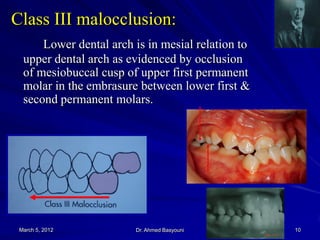super class i occlusion
At this point new digital models were obtained and a set-up was designed for the second phase of therapy using F22 aligners Sweden Martina Due Carrare Padua Italy. Class I Class I with a tendency to II Class I with a tendency to III Class II Division I Class II Division II and Class III.
A mild class 2 occlusionEnd to endcan be.

. A Class I occlusion is what is typically considered the ideal and least destructive occlusal relationship. This clinical presentation is often known as a pseudo Class III malocclusion where patients present with a harmonious facial profile and Class I relationship in centric relation CR but a prognathic profile and Class III relationship in centric occlusion CO8 Class III malocclusions may also concurrently present with deviations in the. I have seven first-round grades on receivers.
Same as normal occlusion but characterized by crowding rotations and other positional irregularities. An overjet is where your top teeth extend past your bottom teeth horizontally not to be confused with an. Class 1 malocclusions are a frequent finding in the dentition of the horse.
1 hour agoThis WR class is good but its not super deep. This is also known as the standard of occlusion and what we try to achieve. They also reveals bilateral asymmetries severity of malocclusion for example.
Tay and Pashley described the bonding difficulties well in a review article citing the following challenges. These constants will be referred to as the six. Total treatment duration was 21 months and 7 months postsurgically there was minor relapse with increased prominence of chin yet the patient had a harmonious skeletal relationship pleasing profile competent lips with a good Class II buccal occlusion positive overjet and overbite Figure 3 and Table 1.
Same as normal occlusion but characterized by crowding rotations and other positional irregularities. The three classes according to Angles classification are as follows. In order to better understand types of occlusion its been broken down into three categories.
Class V lesions commonly referred to as cervical erosion and in the literature as NCCLs non-carious cervical lesions can be extremely difficult to restore predictably. Class I malocclusions Class I malocclusions include -those anomalies where the anteroposterior relationship of lower and upper arches is within normal limits -there may be transverse andor vertical malrelationships. Malocclusion is defined as improper.
Class I Neutrocclusion Free PDF eBooks. The maxillary first molar is severely posteriorly positioned relative to the mandibular first molar. This classification is used when the upper front teeth protrude out past the lower front teeth.
Is there an elite. -there may be crowding spacing and local irregularities secondary to early loss developmental anomalies which are the most common. A Class 3 molar relationship is described as.
Mesiobuccal cusp of maxillary 1st molar is directly in line in mesiobuccal groove of md. The upper first molar cusp lines up forward of the developmental groove of the lower first molar. Each class can also become more specific by being.
What is the molar relationship of a Class I Occlusion. AJO-DO 1972 Sep 296-309. There are two subtypes of Class II malocclusion.
And those between class I and class III are called super I malocclusion notation S1. This causes the teeth to be misaligned and the lower incisors can touch the gingival tissue of the upper arch of the jaw. Anterior crossbite underbite Spacing.
Although this is a gross oversimplification a Class I occlusal relationship is often identified by the lower anterior incisors sitting just behind the upper anterior incisors when biting down. Also known as prognathism this class of malocclusion occurs when the lower front teeth are more prominent than the upper front teeth and the patient has a large lower jaw or a short upper one. Lateral view of occlusion pretreatment A and at the end of distal movement of Tooth 26 when a super Class I relationship had been achieved B.
Up top I like this wideout class. Angles classification This help clinician to better describe the occlusion. How to Recognize and Clinically Manage Class 1 - AAEP.
Maxillary canine is in between md canine and 1st premolar. The mesiobuccal cusp of the upper first molar occludes with the buccal groove of the lower first molar. Class I malocclusion.
Class 1 Class 2 and Class 3. Mineral salts occlude the dentinal tubules which prevents resin. For patients who have an anterior crossbite associated with a forward anteroposterior shift a slightly super Class I molar occlusion in centric occlusion before treatment is most desirable because correction of the anterior crossbite would eliminate the shift and tend to alter the molar occlusion to Class I.
This is noted as NORMAL occlusion. Success with this treatment result depends upon slight over-correction of the buccal segments molars and canines to a super Class I which builds anchorage into the. Posted on May 21 2015.
What are the classes of occlusion. The six keys to normal occlusion - Andrews The six keys to normal occlusion Lawrence F. The lower incisor edges occlude with or lie immediately below the cingulum plateau of the upper central incisors Class II.
Molar and canine relationship in class I occlusion. Class I occlusion is also known as. Management of distal occlusion with functional appliances can lead to improvement in oro facial function through muscle adaptation along with dental and skeletal changes.
The mesiobuccal cusp of the maxillary first molar occluding posterior to the buccal groove of the mandibular first molar ie. The lower incisor edges lie posterior to the cingulum plateau of the upper incisors Division 1 the upper central incisors are proclined or of average inclination and there is an increase in overjet. The mesio-facial cusp of the maxillary 1st molar occludes with the mesio.
Teeth are aligned in Cusp Fossa relationship with their antagonist teeth. The mesiobuccal cusp of the upper first molar occludes anterior to the buccal groove of the lower first molar. The cusp tip of the upper cuspid is forward of the lower cuspid.
A class 1 malocclusion neutroclusion occurs in horses with. This article will discuss six significant characteristics observed in a study of 120 casts of nonorthodontic patients with normal occlusion. The dental term of this protrusion is overjet.

1 056 Likes 9 Comments Dentistry Today Dentistry2day On Instagram All Class Restorations Photo Via Vigangoga Follo Dis Sagligi Dis Anatomisi Dis

12 The Dental Examination Dental Charting Dental Hygiene Student Dental Hygiene School
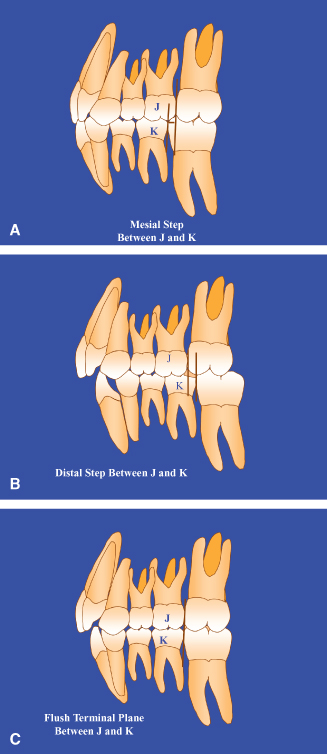
1 Orthodontic Diagnosis And Treatment Planning Pocket Dentistry
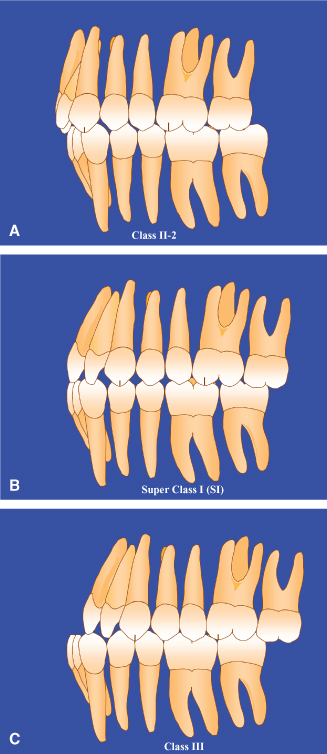
1 Orthodontic Diagnosis And Treatment Planning Pocket Dentistry

Spaceship Super Freighter Startrader 3d Model Spaceship Design 3d Model Model

Treatment Of A Severe Class Ii Division 1 Malocclusion Combined With Surgical Miniscrew Anchorage American Journal Of Orthodontics And Dentofacial Orthopedics

Developmental Anomalies Of Tooth Pdf Am Medicine Dental Anatomy Registered Dental Hygienist Dental Hygiene Student

Yaoawe Electric Heated Gloves Waterproof Winter Gloves Anti Cold Warm Glove Rechargeable Motorbike Glove Bicycle T Hunting Gloves Heated Gloves Gloves Winter
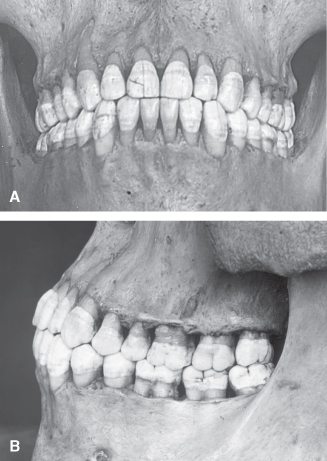
1 Orthodontic Diagnosis And Treatment Planning Pocket Dentistry

Classification Of Malocclusion
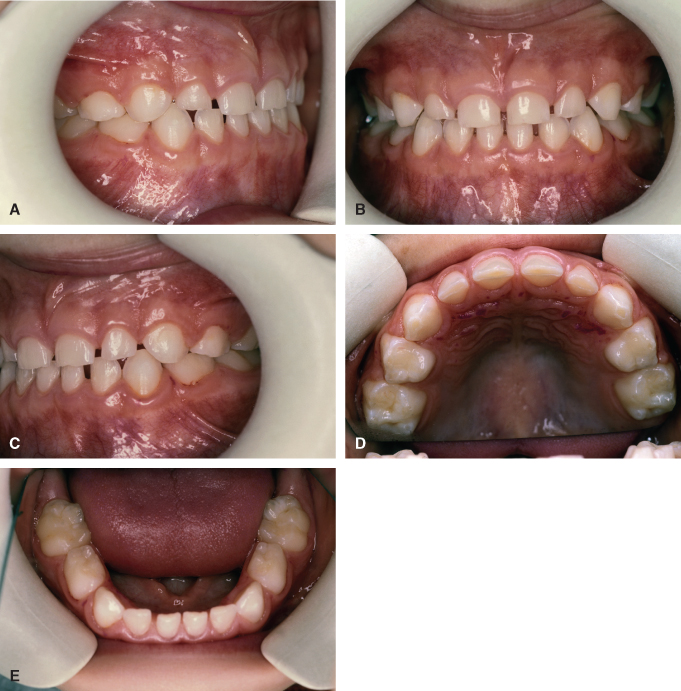
1 Orthodontic Diagnosis And Treatment Planning Pocket Dentistry

Dental Ergonomics How To Access Patient S Teeth In The Different Quadrants Clock Pos Dental Cosmetic Dentistry Dental Hygiene Student Dental Assistant School

Black Drip Bottom Teeth Grillz In 2022 Bottom Teeth Grillz Grillz Brass Metal
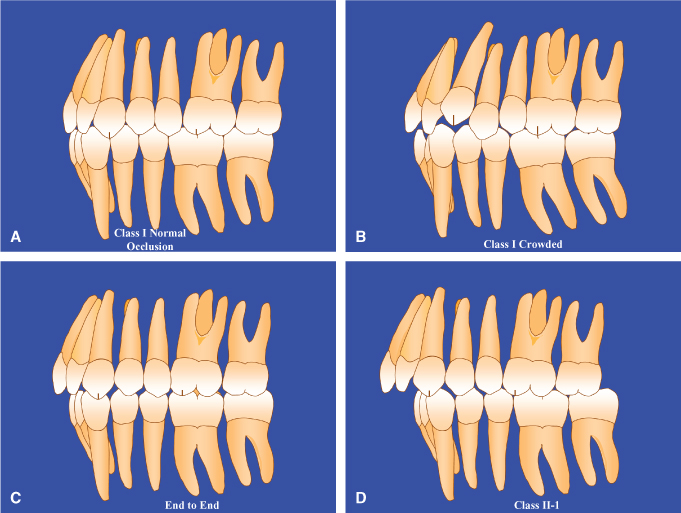
1 Orthodontic Diagnosis And Treatment Planning Pocket Dentistry

